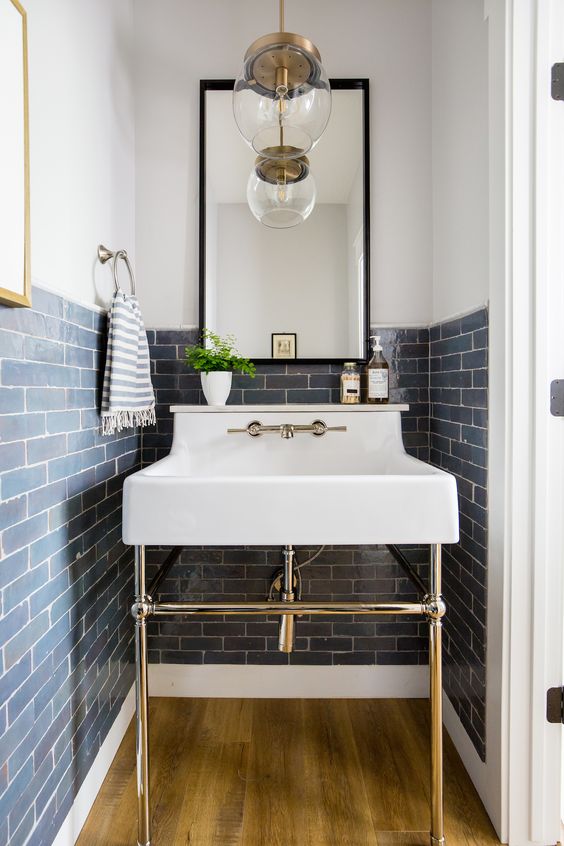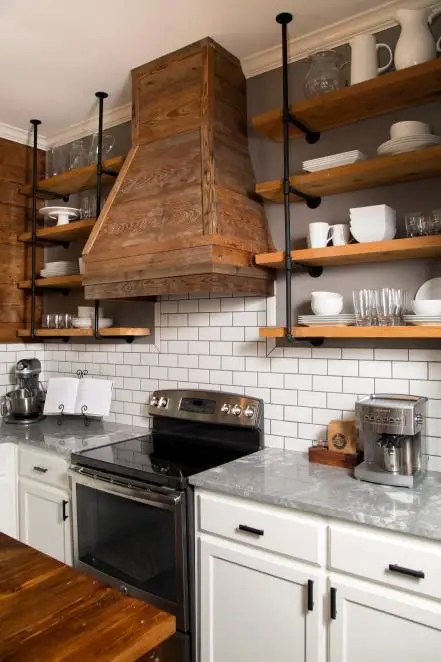There is nothing more worrisome to a homeowner than the prospect of not knowing how to react when something going wrong in the house. The thought of costly or even dangerous emergencies taking place while we stand helplessly by is a legitimate concern, and it should be enough motivation for anyone to learn a few basic things about handling emergencies in the home.
You don’t have to be an expert in any type of construction work or specialized trade to be able to take action when something goes wrong. You just need a basic understanding of important systems in your home, and how to deactivate them to limit damage and danger until a professional can step in.

via houseofjadeinteriors.com

via HGTV
Plumbing
This may be the one that worries people the most. We’ve all heard horror stories of the incredible destruction and expense involved with a burst water pipe, and an event like that truly could befall anyone at any time.
The most important thing you should know how to do is simply to shut off the water in your home. Many homes were built with a valve just inside the home where the water line enters the house. If you have one, your emergency plan is simple: turn off that valve. It will stop water from entering the house immediately, preventing additional damage from happening before Emergency Plumbing experts can arrive.
Water may continue to flow for a few minutes because it had already passed that valve, so don’t panic. It will eventually “bleed off” through the leak. You can reduce the amount of this water that comes through the leak by opening faucets and bathtubs to speed the bleeding process. Plumbers can take it from there.
You will also want to turn off your water heater since it can be damaged by attempting to heat water when its tank is empty.

via A Blissful Nest

via StyleMePretty
Electrical Problems
Anything that behaves strangely on your electrical system should be deactivated immediately. If it’s an appliance, light, or another device that is plugged in, unplug it, then plug something else into the same receptacle. If that item malfunctions too, it’s something in the wiring, and you should turn it off right away.
This means throwing breakers until the affected area goes out; if you aren’t sure or have unlabeled breakers, throw the main breaker and shut off the entire house.
Learning your way around your breaker box can be helpful for other reasons, such as planned repairs and even energy savings. The next time a thunderstorm shuts you down, turn off all the breakers and then reactivate them one at a time after power is restored to identify them.

via BlogLovin’

Carbon Monoxide
Labeled “the silent killer”, carbon monoxide is an odorless, colorless gas produced during combustion of everything from wood to natural gas. Malfunctioning appliances, water heaters, furnaces, and even wood stoves can release it into the home, and vehicle exhaust from a car in an enclosed garage or near the house can also introduce it into the living space.
Every home should have carbon monoxide detectors so that any type of combustion can be monitored. Most importantly, though, is that you should take action when the detectors go off. Don’t sit around and wait for it to quit and don’t assume it’s a bad battery. Get everyone out of the house and call 911. Leave windows and doors closed; it takes too much time to open them, and the fresh air will make it harder for firefighters to locate the source.
Keeping your home and family safe is a big responsibility. While it’s not necessary to know the ins and outs of everything in your house, it is absolutely vital that you know enough to identify the general problem, stabilize the situation, protect your family, and get help on the way.
Thanks to Springfield Plumber for helping with the content of this post!
Leave a Reply